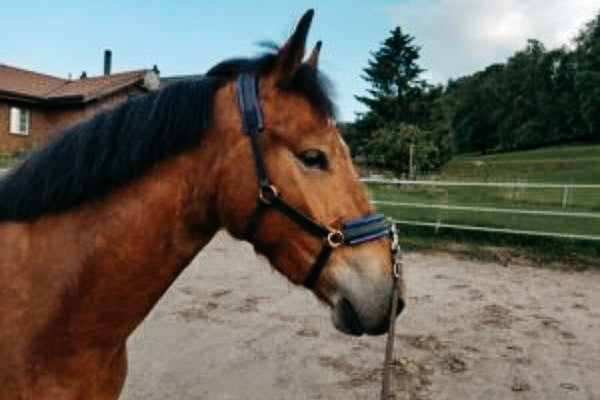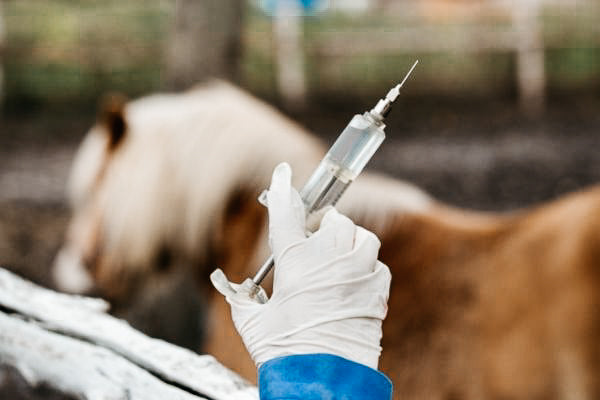Let's first take a look at how a cavesson actually works on a horse. In contrast to a bit, the cavesson affects the nose bone and not the mouth. When used correctly, it can reach not only the neck, but also the horse's spine and even the hips. It is particularly well suited to opening your horse's neck and thus achieving stretching, bending and positioning so that your horse receives the best possible gymnastics.
The cavesson is often used when breaking in young horses. A leather cavesson is an aid for gentle work with the horse; it can be used to gently get the horse used to the mouthpiece. After some time, the cavesson can be used with a bit and the effects can be combined by using four reins. The cavesson can also be used for mouth injuries, after dental treatment or for rehabilitation. Lunging with a cavesson is particularly popular because the cavesson supports positioning and bending.

Cassons are available in many designs and made from different materials such as biothane, nylon or the classic leather cavesson. Common cavesson types are Spanish cavesson, Viennese cavesson and French cavesson
The Spanish cavesson should not fall into rough or inexperienced hands, as it is the sharpest-looking cavesson. Scars are often seen on the bridge of the nose on horses imported from Spain or Portugal - a sign of rough treatment during the horse's training. A Spanish cavesson has a nose iron made of a steel bracket that is usually serrated on the inside and is often used for ground work in the Baroque tradition.
The French cavesson usually has a well-padded nose piece as well as side cheek straps and a gaiter strap, which is intended to prevent the cavesson from slipping. Here the noseband consists of a chain that is covered with leather and can adapt optimally to the horse's nose. This cavesson should only be in experienced hands and should be used gently when working on the ground and when lunging with a cavesson.
The best-known cavesson in our country is the cavesson from Vienna. The cavesson corresponds to the shape of the bridge of the nose and is usually very thickly padded. It is important that the cavesson fits well on the horse's nose, as this is the only way it allows precise action. Thanks to the padding, this cavesson cannot cause as much damage to an inexperienced person, but it also makes it easier for less sensitive horses to evade assistance. This is often used when lunging with a cavesson.
How do you find the right cavesson for your horse? It's not that easy, because the cavesson has to fit perfectly in order to function as a precise training aid. It's better to stay away from nylon models, although they look very harmless and are usually much cheaper than a leather cavesson, they slip very easily and don't look precise. So it should be a cavesson that fits perfectly. The nosepiece must fit smoothly and have no gaps, the bases of the ears must be free and the cavesson must not press on them, as the horse's acupuncture points are located here. And the browband must also be wide enough for your horse and must not pinch.

Maybe you have the opportunity to try out some models. Observe your horse carefully and you will determine which cavesson your horse feels most comfortable with.




